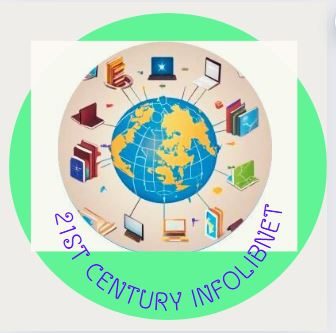
Introduction:
In today’s digital age, the ability to navigate and evaluate information is crucial. Information literacy is the set of skills that enables individuals to recognize when information is needed, locate relevant sources, evaluate their credibility, and effectively use the information for various purposes. When it comes to information resources, it is important to understand the difference between scholarly information resources and popular information resources. This blog post will explore the characteristics of these two types of resources and highlight their significance in information literacy.
Scholarly Information Resources:
Scholarly information resources are sources that have been approved by experts in a particular field. These resources undergo a rigorous review process before being published, ensuring their credibility and reliability. Here are some key characteristics of scholarly information resources:
1. Peer-reviewed: Scholarly articles are often published in peer-reviewed journals, where experts in the field review the content for accuracy, validity, and quality [2]. This process helps maintain high standards and ensures that the information presented is trustworthy.
2. In-depth and specialized: Scholarly resources provide detailed and specialized information on specific topics. They often include extensive research, data analysis, and theoretical frameworks [2].
3. Formal language and structure: Scholarly resources use formal language and follow a specific structure, including abstracts, literature reviews, methodologies, and references [2]. This structure allows readers to easily locate and evaluate the information they need.
Popular Information Resources:
Popular information resources, on the other hand, are designed for a general audience and aim to inform, entertain, or persuade. These resources may include newspapers, magazines, websites, blogs, and social media platforms. Here are some characteristics of popular information resources:
1. Accessibility and readability: Popular resources are generally more accessible and easier to understand compared to scholarly resources. They use language and formats that cater to a broader audience, making the information more digestible [1].
2. Timeliness: Popular resources often focus on current events, trends, and popular topics. They provide up-to-date information that is relevant to a wide range of readers [1].
3. Opinion-based: Unlike scholarly resources, popular resources may include personal opinions, biases, and subjective viewpoints. They may prioritize entertainment value or sensationalize certain topics to attract readers [1].
Importance of Information Literacy:
Understanding the distinction between scholarly and popular information resources is essential for developing information literacy skills. Here’s why information literacy matters:
1. Critical evaluation: Information literacy enables individuals to critically evaluate the credibility, accuracy, and relevance of different sources. It helps distinguish between reliable and biased information, allowing for informed decision-making [1].
2. Academic research: Scholarly information resources are crucial for academic research, as they provide in-depth analysis, peer-reviewed content, and authoritative references. Developing information literacy skills helps students and researchers locate and utilize these resources effectively [2].
3. Lifelong learning: Information literacy is not limited to academic settings. It equips individuals with the skills to navigate the vast amount of information available online and make informed choices in their personal and professional lives. It promotes lifelong learning and empowers individuals to stay updated and engaged with the world around them.
Learn more:
- Information Literacy: Scholarly Information Resources vs Popular Information Resources – 21st Century Information and Libraries Network (21st Century Infolibnet)
- Scholarly vs. Popular Sources | Poorvu Center for Teaching and Learning
- Scholarly vs. Popular – Information Literacy for TESU Students – Research Guides at New Jersey State Library

